I have the following function that automatically sums 3 rows together for a specified number of cells determined by D2:
=BYCOL((INDEX($1:$11,{4;5;10},SEQUENCE(1,D2,COLUMN(I:I)))),LAMBDA(x,SUM(x)))
The values in each column in rows 4 and 5 I wish to add together and I'd like to subtract the result from the cell value for row 10. I have a workaround which sets the values in row 10 to negative but I'd prefer them to be positive numbers.
I tried the following, but unfortunately it doesn't work:
=BYCOL((INDEX($1:$11,{4;5;10},SEQUENCE(1,D2,COLUMN(I:I)))),LAMBDA(x,y,z,SUM((x+y)-z)))
Example of expected result:
| Jan | Feb | Mar | Apr | May | Jun | Jul | Aug | Sept | |
|---|---|---|---|---|---|---|---|---|---|
| Revenue | 10000 | 12000 | 14000 | 16000 | 11000 | 20000 | 21000 | 22000 | 24000 |
| Extra Revenue | 1000 | 2000 | 3000 | 1000 | 2000 | 2000 | 1000 | 1500 | 2500 |
| Costs | 500 | 1000 | 2000 | 500 | 1000 | 1000 | 750 | 1000 | 1000 |
| Profit/Loss | 10500 | 13000 | 15000 | 16500 | 12000 | 21000 | 21250 | 22500 | 25500 |


